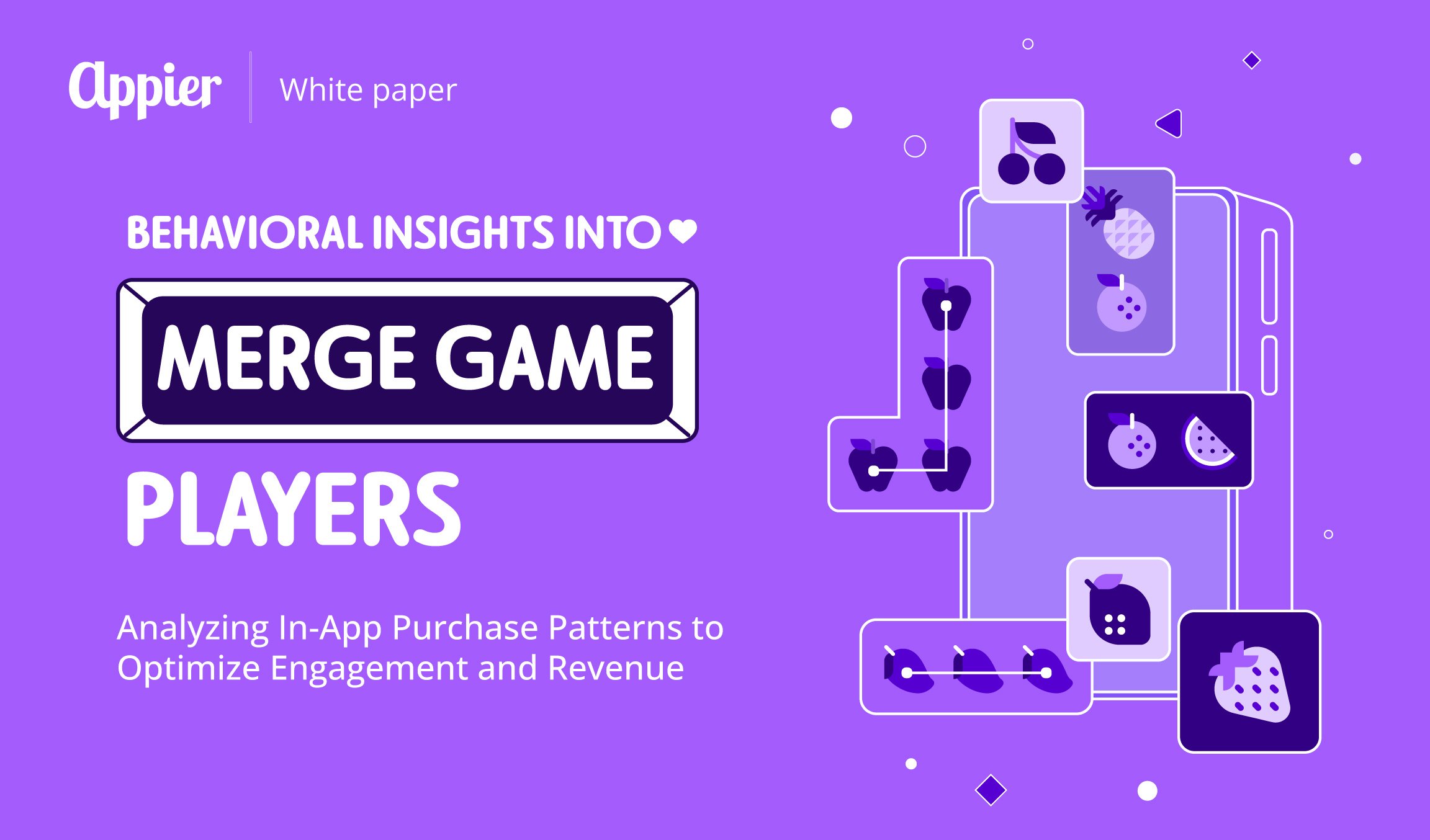3 min read
In the early days of app marketing, brands defined success as the number of times their apps were downloaded and installed. With a deeper understanding of customer behavior in the app world has come the realization that the continued engagement and retention of customers is a much more valuable metric.
With one in five users abandoning apps after just one use, only the customers who continue to engage with the app will fulfil valuable in-app events such as subscription and purchase, which ensures higher return on investment and revenue, and lower churn rate. Brands have thus turned their attention to high-quality user acquisition (UA), throwing their money behind growing the customer lifetime value (CLV/LTV).
But it all starts with the app install. The key to optimizing in-app events is to drive quality installs by identifying users who will engage with your app prior to the initial download – at the right volumes and the right price.
UA requires that marketers analyze data points to identify customer behavior trends and arrive at insights around which of them will demonstrate stickiness. With the sheer volume of data that marketers are dealing with today, manual analysis is not feasible, and they are turning to artificial intelligence (AI) solutions for help.
AI Learns From Historical Data to Optimize Future In-App Events
AI solutions offer marketers an in-depth understanding of customer behavior and a holistic view of CLV. They start with a wider audience and then use data to narrow down the field to high-performing lookalike audience profiles. This is achieved by studying historical data, identifying patterns and then using these to predict whether a specific campaign will attract the right audience and convert them. Historical data enables the AI tool to discover and target similar profiles most likely to respond to your message.
By using the deep learning method, for instance, Appier uses proprietary deep funnel optimization to improve campaign performance. The deep funnel approach allows the system to learn from similar campaigns and historical data, in order to make predictions as the campaign is running or even beforehand to ensure cost and time efficiency. It also helps in audience sampling through prediction, even if the traffic source is not from historical data. If trends show that the KPIs will not be met, deep funnel optimization will then recommend that campaigns be tweaked or stopped.
Additionally, the tool analyzes which users are engaging with the app through in-app purchases or signups, and then optimizes the ongoing campaign to find and target more such users. Essentially, these users are targeted based on data that predicts they are more likely to make in-app purchases. As a result, the solution drives highest quality traffic, which, in turn, leads to high-quality installs and well-performing in-app events.
Here is an example of how deep funnel actually works in practice: Indonesia’s leading ride-hailing app wanted to attract as many users as possible in a competitive market. It decided to use AI tools to recruit valuable users who were likely to make more bookings, and thus lower its customer acquisition cost (CAC). The company deployed Appier’s deep funnel predictor, which predicted and optimized future events in the conversion journey (such as retention and purchase) by analyzing early user patterns, such as clicks and installs. Together with the ad fraud predictor blocking suspicious traffic to ensure better campaign performance, the company was able to push up its install rate by 119 percent and booking rate by 63 percent, while reducing the CAC by 45 percent.
In this way, using AI tools allows marketers to efficiently manage their app-install advertising frequency spend, and improve UA.
Reactivating Existing Users and Preventing Ad Fraud
A complete AI solution can also target your existing user base and boost in-app events by reactivating sleeping users through user segmentation and customized marketing campaigns.
In addition, AI tools can further optimize app install ad spend by detecting fraud. A recent global study estimates the share of fraudulent installs has accounted 11.5 percent of all marketing-driven installs over Q1 2018, costing marketers US$700-US$800 million around the world. AI’s machine learning capabilities can detect and prevent suspicious ad installs through multi-stage fraud detection, where the algorithm learns to identify new and evolving fraud patterns and develops new rules to respond.
As all app marketers know, an app install is not the end of the line – it’s just the beginning. The marketers’ challenge lies in understanding and predicting the customer journey, engaging customers and pushing them towards more valuable in-app events. AI can help you optimize your app-install advertising spend by facilitating high-quality UA, thus reducing trial and error, lowering cost per install, and enhancing revenue.



